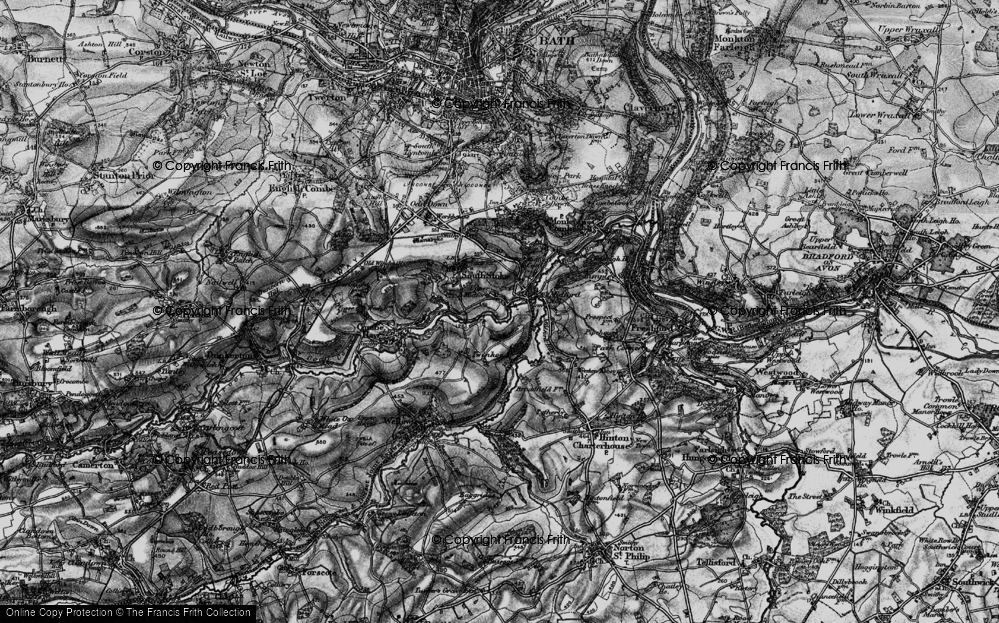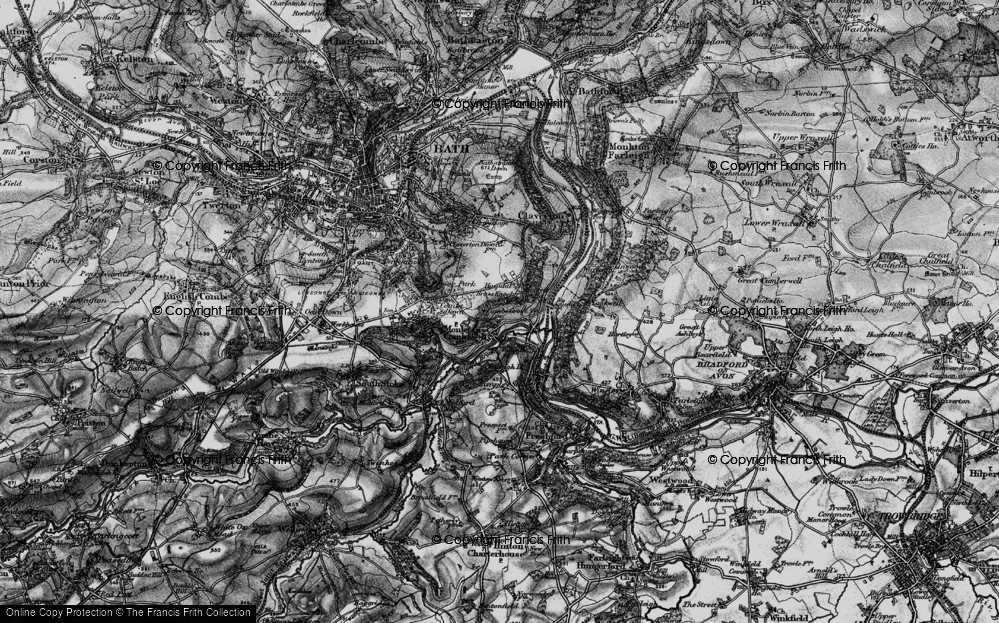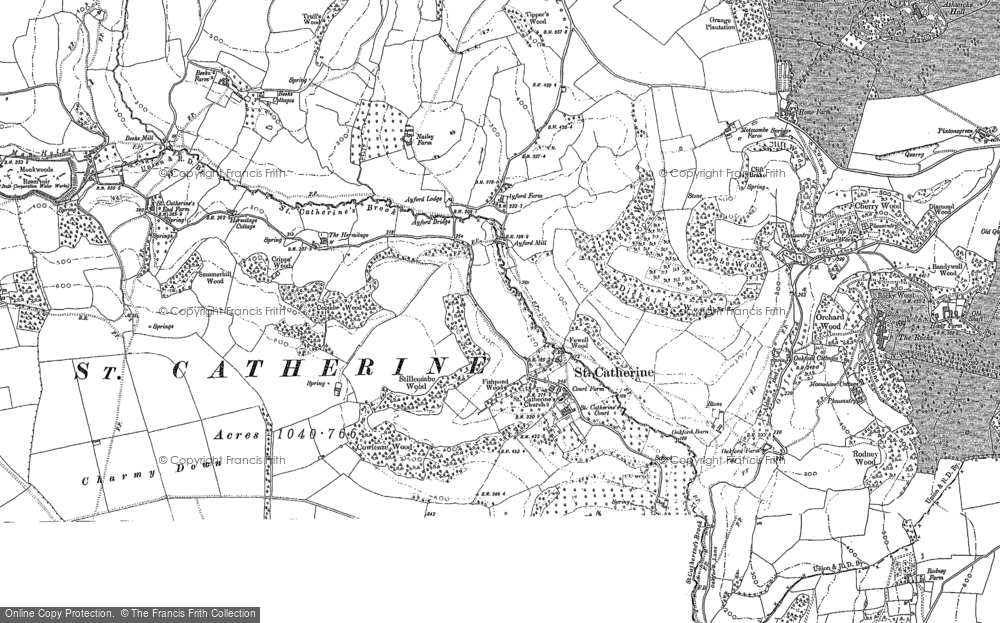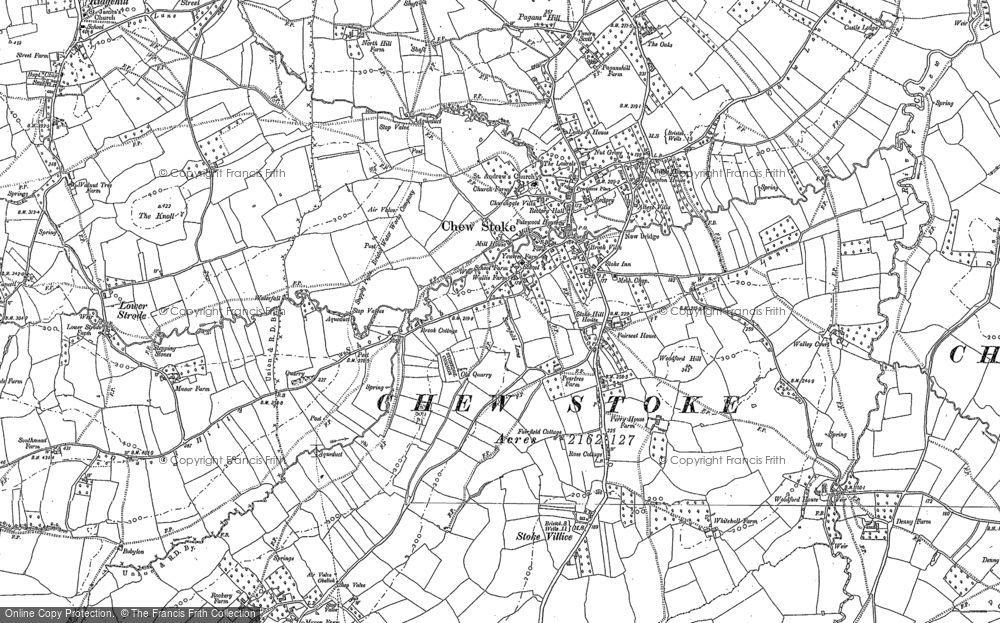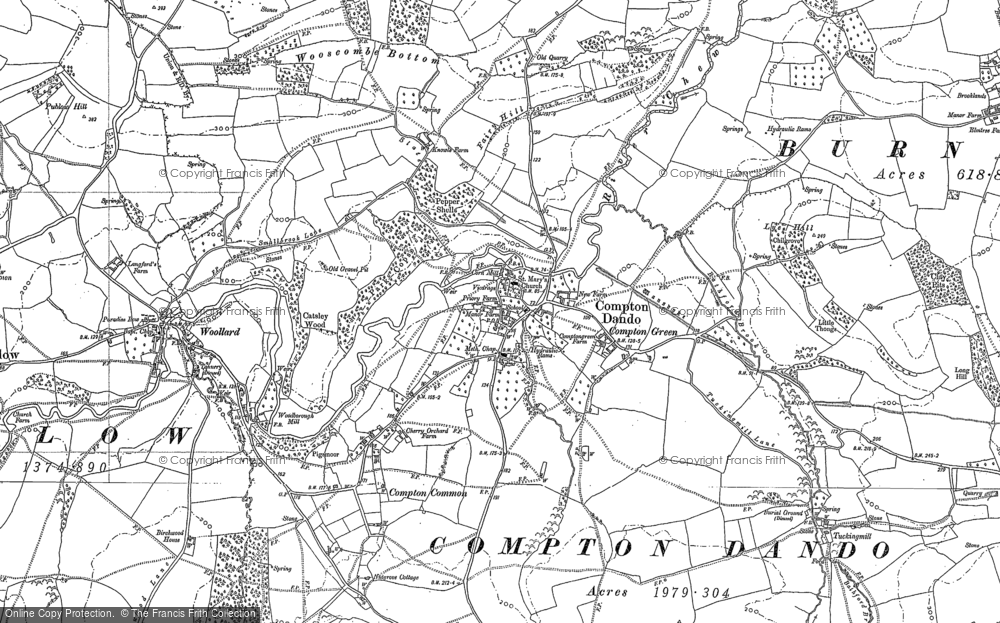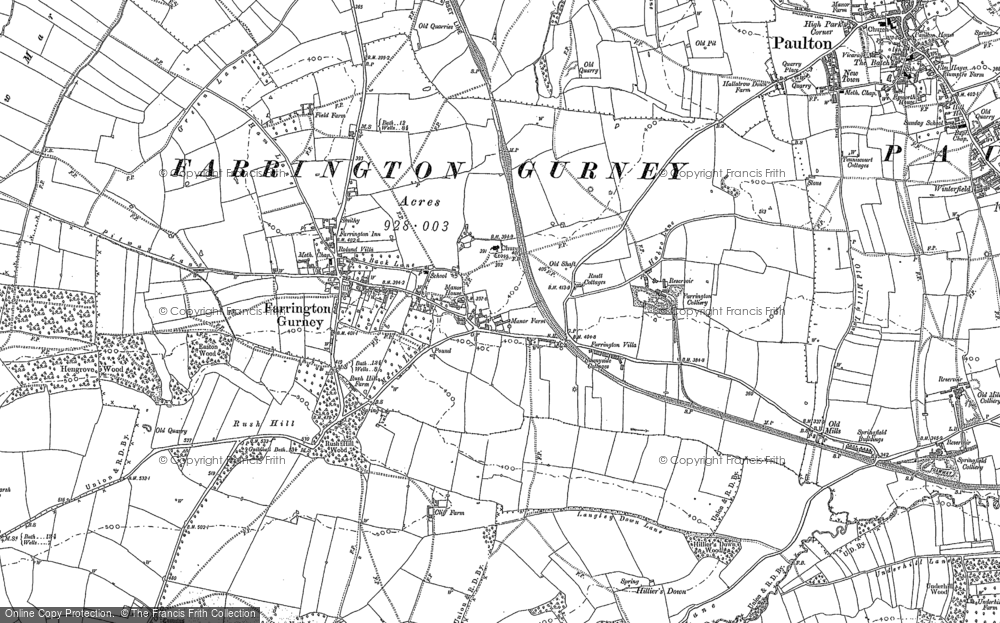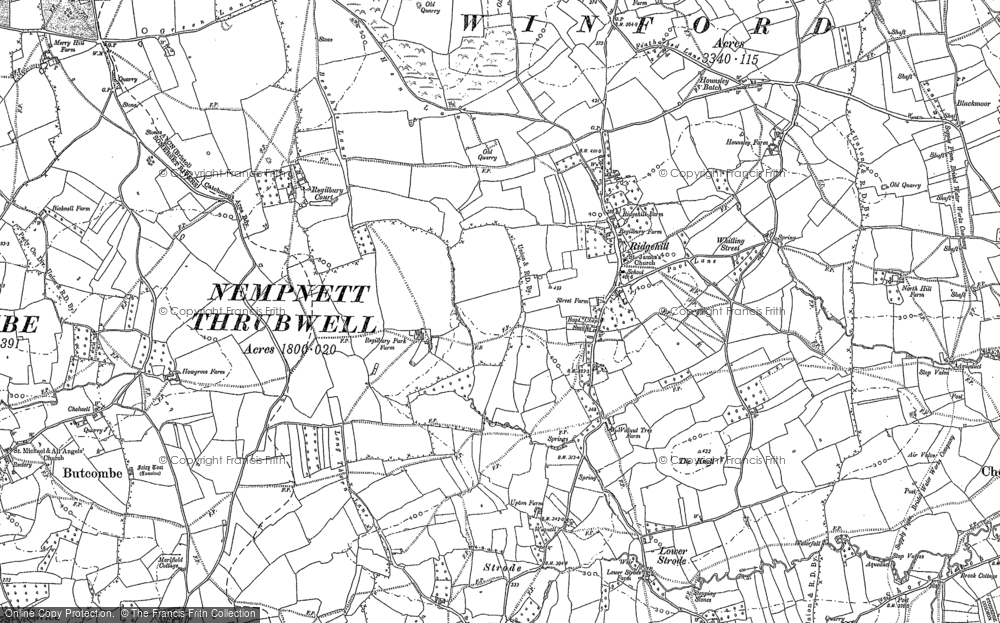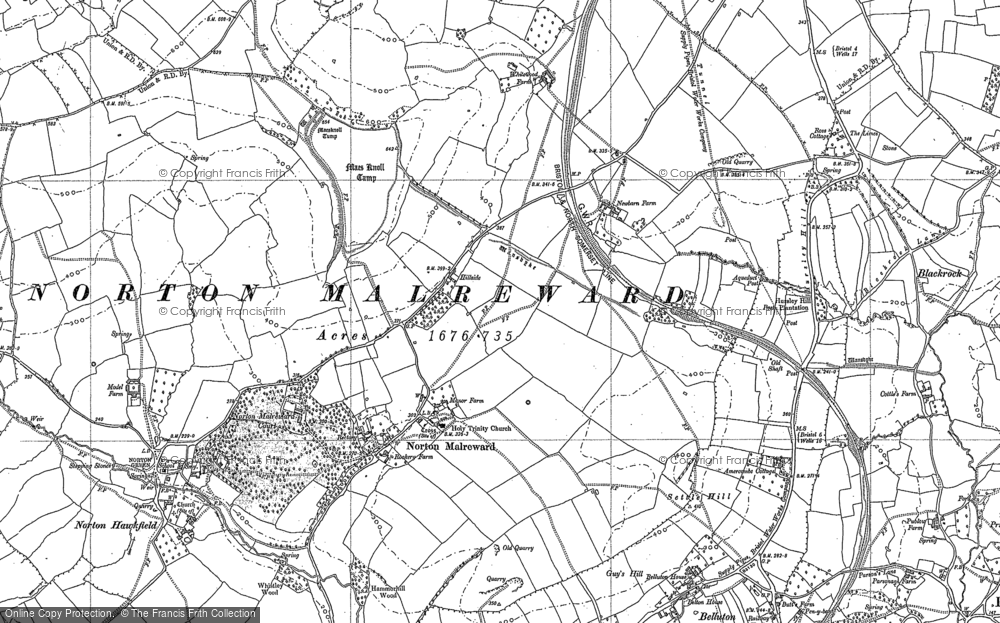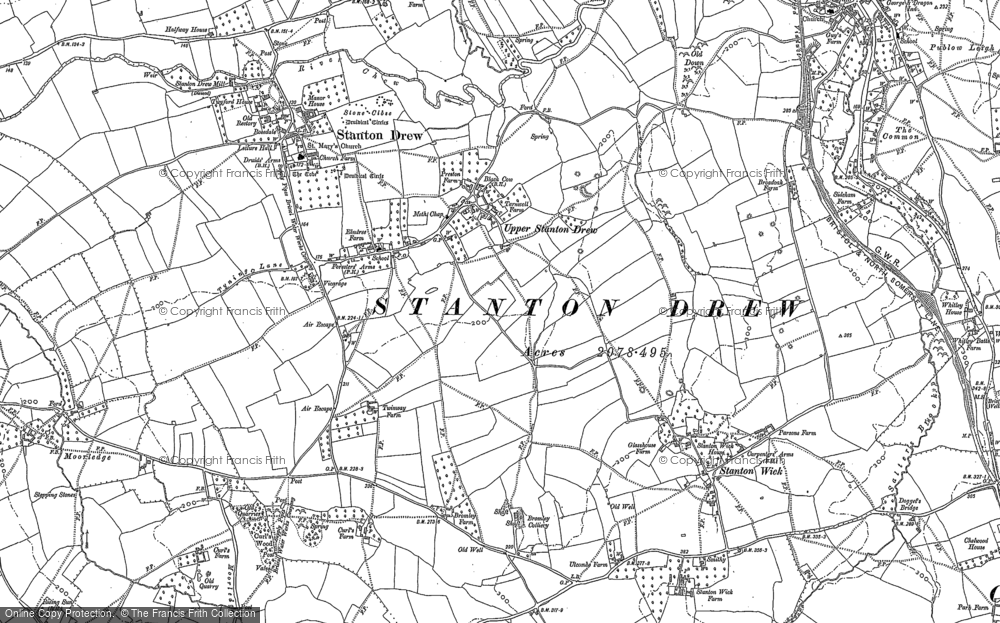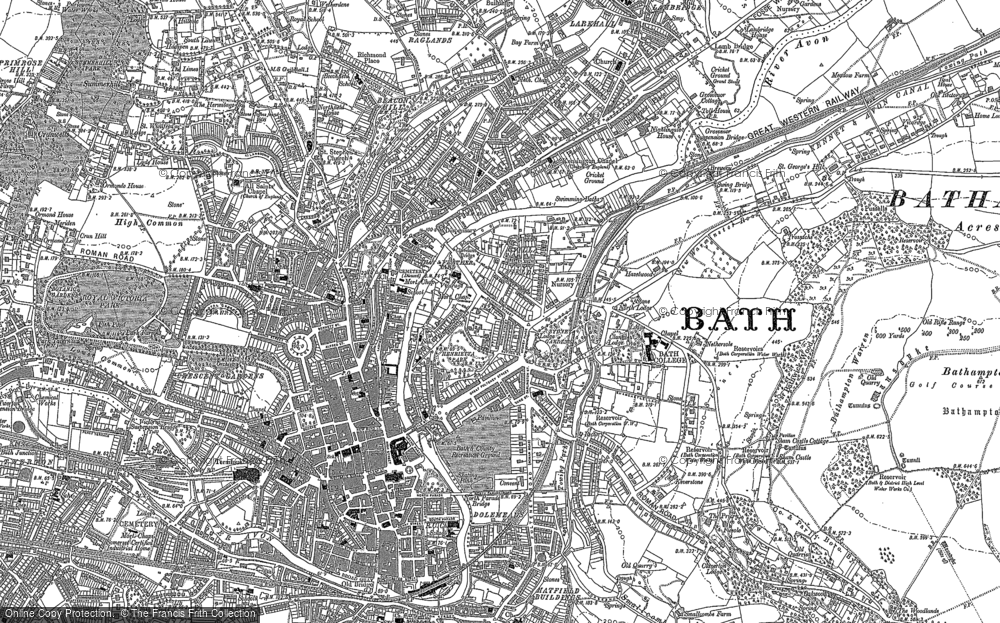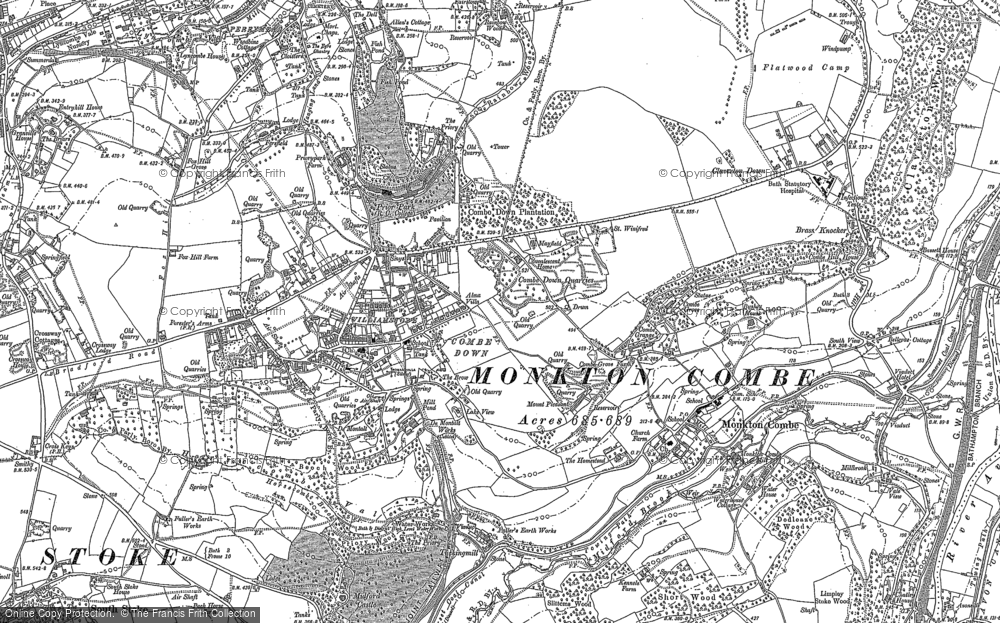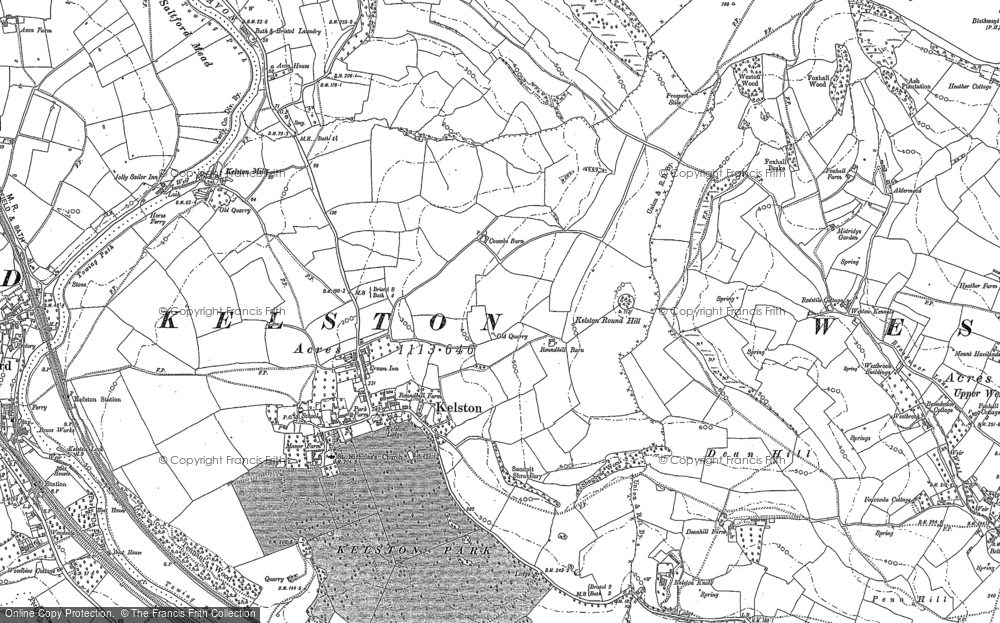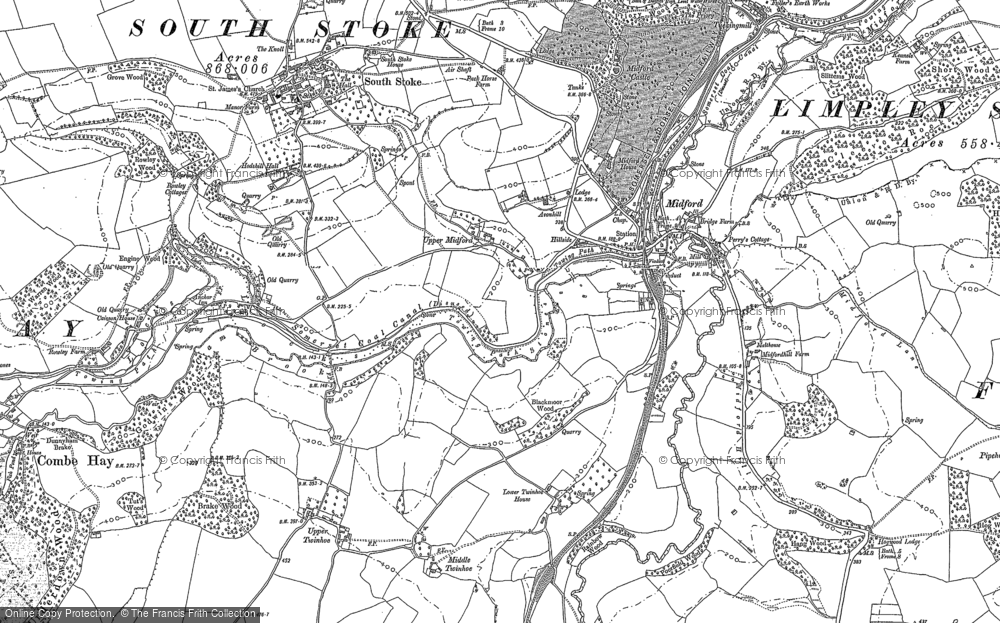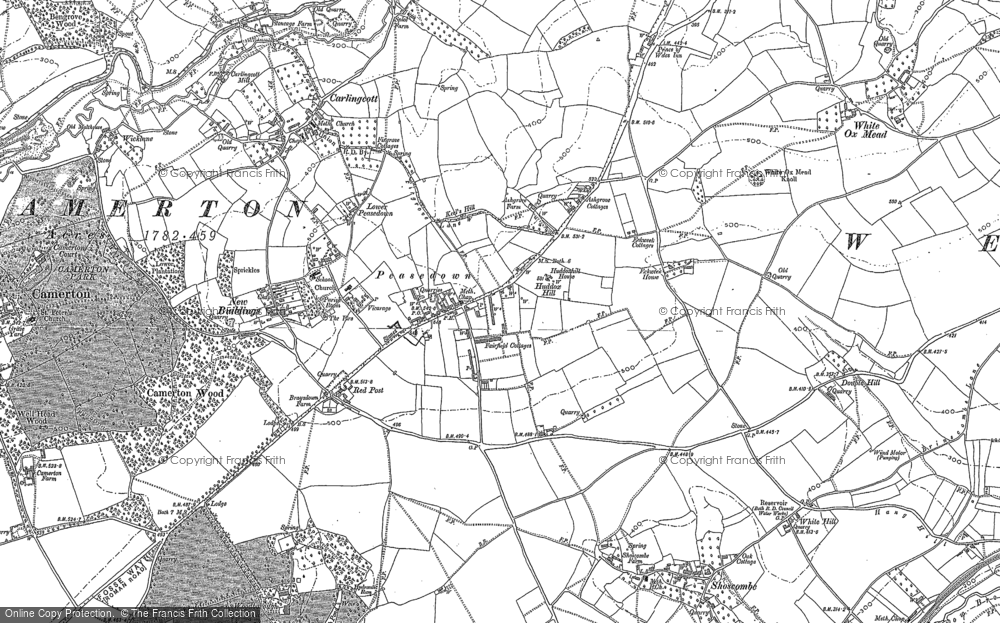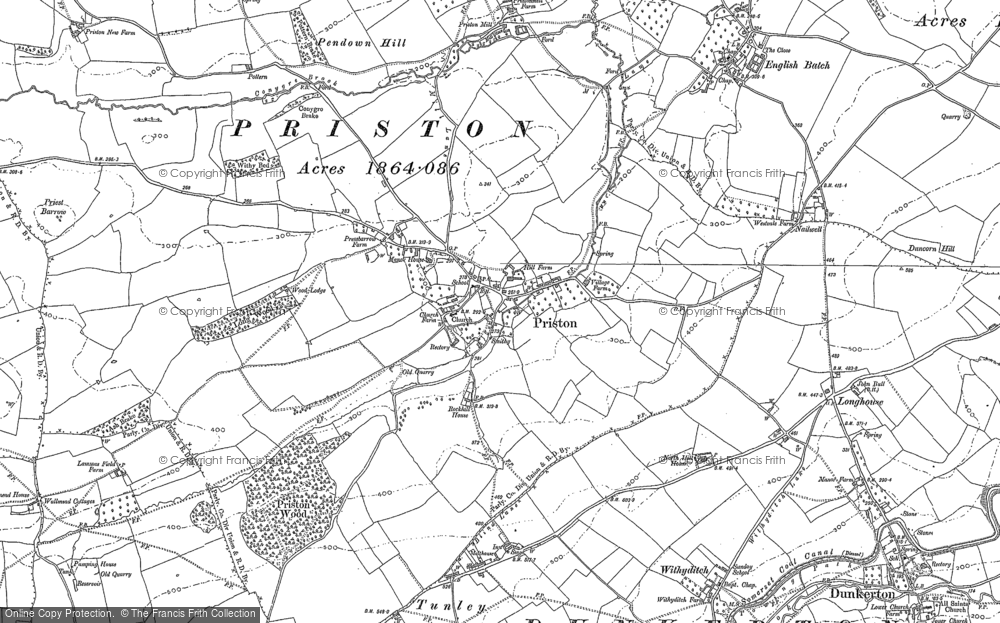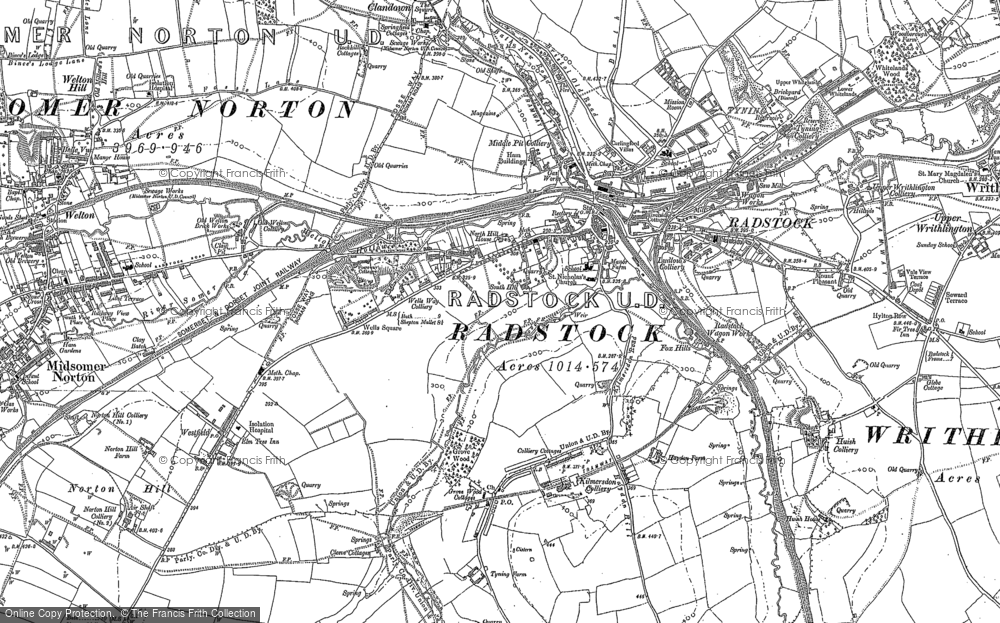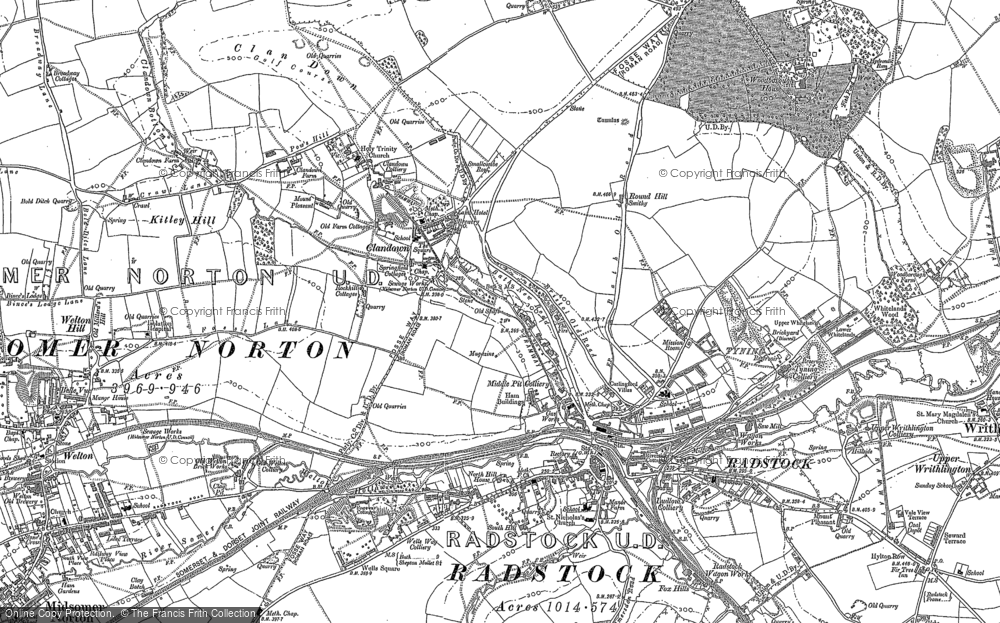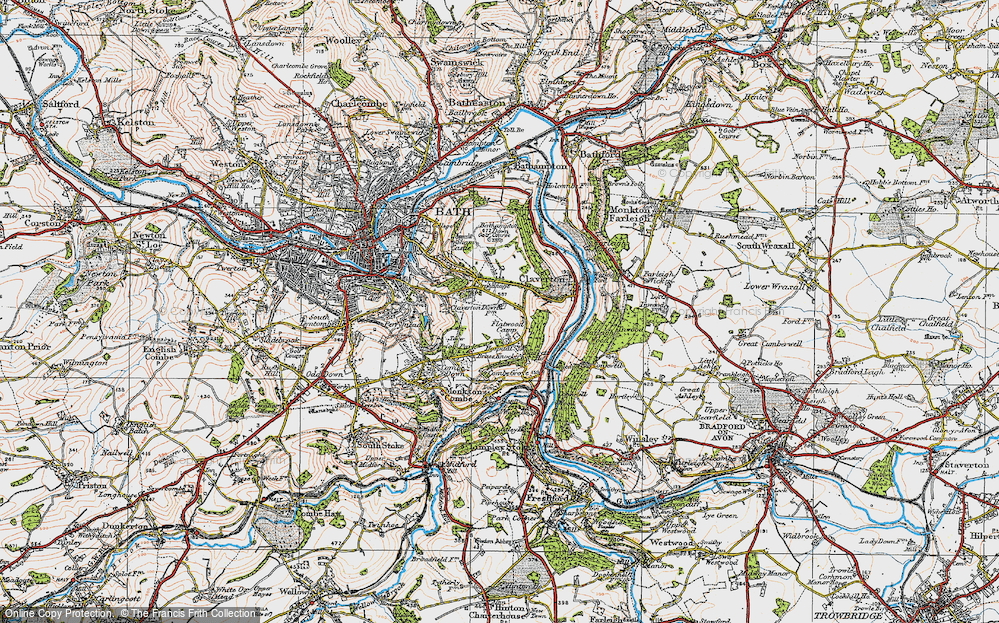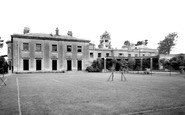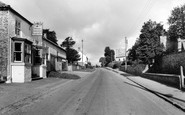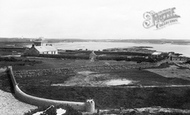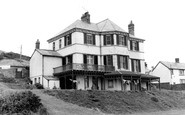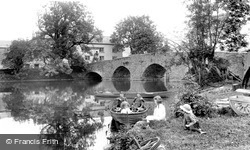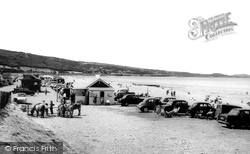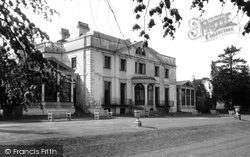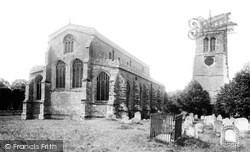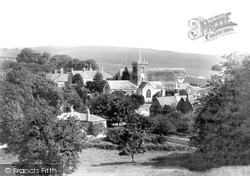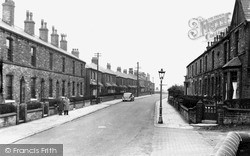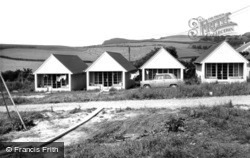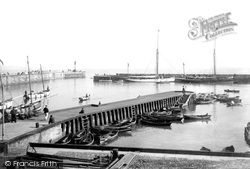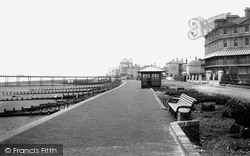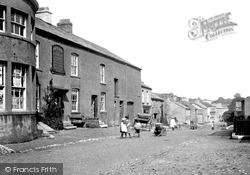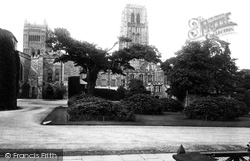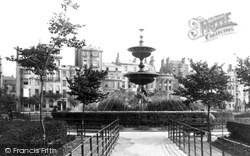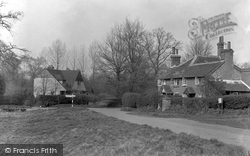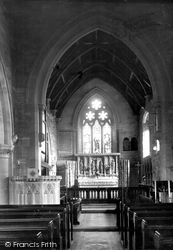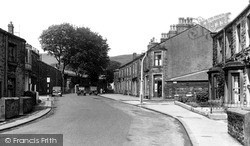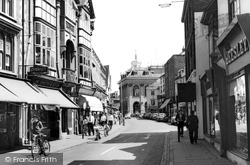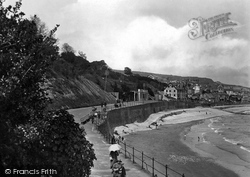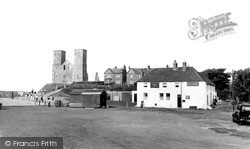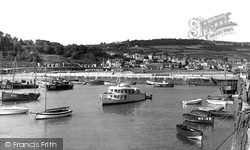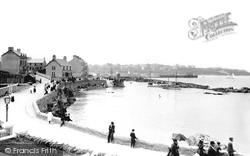Places
Sorry, no places were found that related to your search.
Photos
134 photos found. Showing results 641 to 134.
Maps
896 maps found.
Books
3 books found. Showing results 769 to 3.
Memories
540 memories found. Showing results 321 to 330.
Thame Cottage Portmellon
I was born in 1975 and spent nearly every birthday until I was 16 years old at Thame Cottage, Portmellon with my Mum, Dad, younger Brother, Uncle, Auntie and 3 cousins. One day, when I have my own children, I hope to take ...Read more
A memory of Portmellon by
I Was In Hutton Poplars Childrens Home.
From the age of 3 until I was 15 years of age I was in Hutton poplars I was in Humber House Mr and Mrs Healy were in charge. I then after some years in Humber House was transferred to Windermere House with Mr ...Read more
A memory of Shenfield
Evacuated To Croyde Bay In 1940 At 3 Months Old.
During 1940 I was evacuated to Croyde Bay with my family the Fletchers. At that time I had 3 older siblings. While there, another brother was born. We lived in the Carpenters Arms Cottage for about 6 ...Read more
A memory of Croyde by
A Wonderful Memory
I understand that we all can’t like the same thing, but Rookesbury Park was a wonderful school for me, I was so happy there. I was a little bugger. I knew the school better than any of the teachers. I ran wild. I knew all the ...Read more
A memory of Wickham by
United Dairies High Rd
My Nan and Grandad lived for many years in the flat above United Dairies in High Rd Chadwell Heath. I have many happy memories of staying with them in the 60s and early 70s. We used to enter via a lane just inside ...Read more
A memory of Chadwell Heath by
Holidays In Polzeath
In the 50‘s we (my family and my mum’s sister’s family) spent two holidays in rented holiday houses in Polzeath. The first house was “The Hermitage” and was situated on the cliff overlooking the sea with no buildings in front. ...Read more
A memory of Polzeath by
Early Memories Of Southwick
I was born in Steyning in 1954. My father was a police constable and at only 2/3 months old we moved to the 'police station' in Whiterock Place in Southwick. The station consisted of 2 large semidetached houses with large ...Read more
A memory of Southwick by
The Three Horseshoes
The photo shows the public house 'The Three Horseshoes'. It was one of three pubs in Great Ouseburn, the other two been 'The Bay Horse' & 'The Crown Inn', the latter is the only one remaining as a public house.
A memory of Great Ouseburn by
Tywyn Capel / Trearddur Bay
This is a view across Trearddur Bay, looking south - the beach is known in Welsh as Tywyn Capel. The house behind the beach is Glan-y-Môr built in 1889 and next to it is the Dune Mound which was the location of St.Ffraid’s ...Read more
A memory of Holyhead
'holiday House'.
I was born and lived the early years of my life in South Molton. My father had his own building firm there. In 1958 we moved to Croyde Bay my father having bought this large house on the cliffs above the bay for £1800. This photo ...Read more
A memory of Croyde by
Captions
870 captions found. Showing results 769 to 792.
The hotel stands on the north bank of the River Leven, by the bridge.
This scene has altered little since the picture was captured.
Formerly Garbrand Hall, this two-storied, five-bayed stuccoed house stands at the centre of the village, and was built on a Tudor site around 1775.
Long before John Bunyan was born in the village, the son of a brazier or tinker, Elstow was known for its Benedictine nunnery founded in about 1075.
Symondsbury is an intimate little village positioned between two rounded hills, and probably on the route of a medieval road linking Bridport and Axminster.
The stone-fronted houses match the shops with their sturdiness and `built to last` qualities.
The creators of Golden Acre Holiday Bungalows - as they are now called - proposed a relatively modest development of 18 such buildings.
This seaside resort and residential haven developed from the 1860s. Despite being continuous with Colwyn Bay, it preserves its own peaceful character.
The collection of moored open boats lying inside the jetty, and a few other small craft, make a strong contrast with the crowded waters inside an obviously busy harbour in the previous
Further east, the photographer looks west towards the pier along what was then known as Gloucester Parade, now The Esplanade.
The name of this historic village derives from the flatfish called 'flukes', caught off the shore in Morecombe Bay. There is a poster for cocoa in the window of the Co-op shop on the left.
The work of building the cathedral can be attributed to several distinct periods.
The Steine, originally marshy ground, became the focus of early Brighton development as houses were built for the fashionable visitors.
Farley Green is situated towards the south end of Albury parish, and its fields are carved out of the surrounding greensand woods.
The interior is much earlier than the exterior. The aisles have Perpendicular windows, but some extensive restoration has spoilt its earlier magnificence.
The body of the church is flint with Victorian detail, including a bleak Victorian window of 1847 on the south transept front.
A steep road from Sabden leads to the well-known pass of Nick o' Pendle.
We are now further west in The Narrow, as this part of High Street was called. Woolworths, on the site of the Lion Inn, can just be seen beyond the third shop blind.
This is a detail of the chalet zone which sprang up behind the 1897-built Esplanade (right), between the waterworks and the Salt House on Pitfield Marsh (left).
Here we see landslipped Langmoor Gardens (left) before the building of retaining walls and amusement arcades.
Reculver is a popular little seaside town on the coast between the Thanet resorts and Herne Bay. There was once a Roman Saxon Shore Fort here.
Across the inner basin from the quay (right) beside the Cobb Warehouses is the 17th-century North Wall (centre), which protects the harbour from easterly gales.
The central bay was destroyed at some time and has been rebuilt. The nearer range has been dendrodated to 1447-48, and the further to 1533-34.
Brighton made the seaside fashionable for the upper crust, and its wider popularity was settled when the railway made the connection in 1841.
Places (0)
Photos (134)
Memories (540)
Books (3)
Maps (896)


